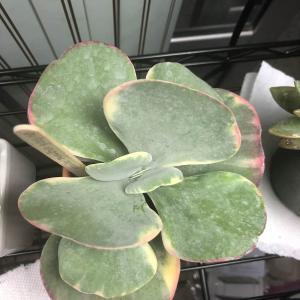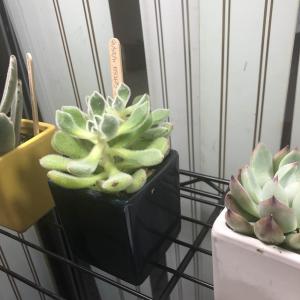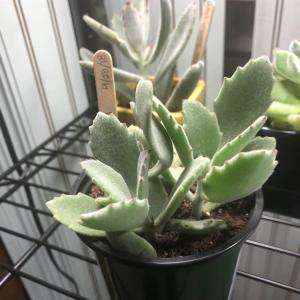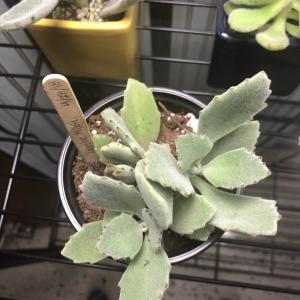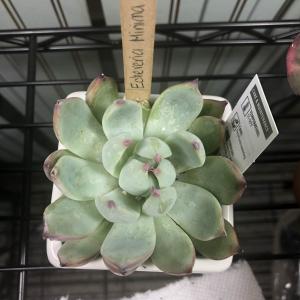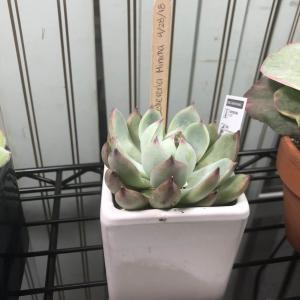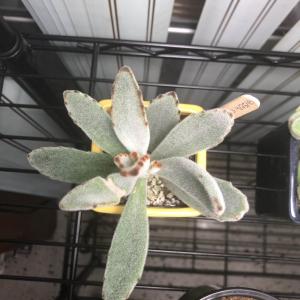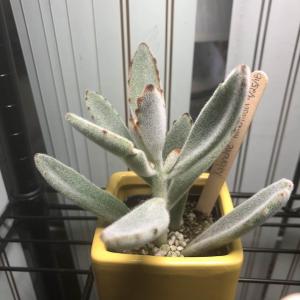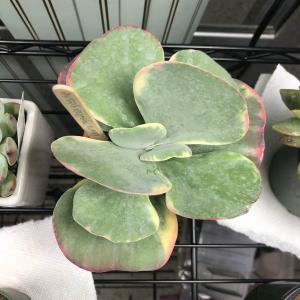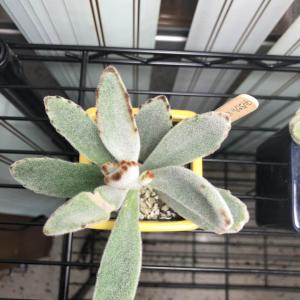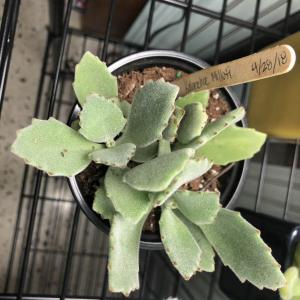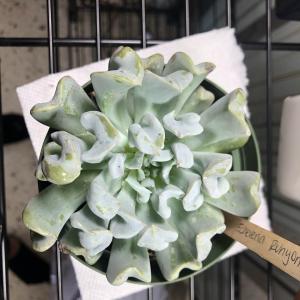文章
Miss Chen
2018年04月28日

If you enjoy vegetable gardening, you can grow more in less space if you plant certain crops on a trellis. Many types of vining plants grow well when trained onto a trellis, which keeps vegetables off the ground, evenly exposes the entire plant to sun and makes harvesting easier by eliminating the need to bend over when picking the crop.
Vining Plants

Plants that are tendril-producing vines attach readily to a trellis, although gently winding young vines around the support can help get them started. These types include traditional, vining varieties of peas (Pisum sativum), which grow as annuals in all parts of the United States. Peas do best in cool spring weather and produce a crop in seven to ten weeks. If you like green beans, choose vining pole beans (Phaseolus vulgaris), growing them on a trellis for a crop of free-hanging, straight beans easy to see among the vines. Pole beans are annual plants that twine readily as vines lengthen and yield two or three times as many beans as shorter, bush varieties of beans.
Heavy Producers

Plants that produce many fruits during the season can also benefit from trellising, which helps support the heavy crop. Most types of cucumbers (Cucumis sativus) do well on a trellis, with some varieties producing vines that can be up to 6 feet high. Cucumbers grow as annuals and thrive in warm weather for good production. Indeterminate types of tomato plants (Lycopersicon esculentum) also do especially well on a trellis because they keep growing and producing until fall, with some vines becoming up to 6 feet high. Also annual plants, indeterminate tomatoes often produce large clusters of heavy fruit, so growing them on a trellis provides extra support while giving the entire plant good sun exposure. Use soft ties to attach tomato stems gently but securely to the trellis.
Other Vegetables

You can also use a trellis to grow any plant that has fruit smaller than a volleyball, or less than 8 1/2 inches in diameter, and weighs under about 3 pounds. For example, some varieties of summer squash (Cuccubita pepo) can thrive on a trellis -- use soft ties to attach smooth-stemmed varieties that lack tendrils. Smaller fruited varieties of winter squash (Curcubita moschata), such as the acorn type, are also appropriate choices for trellis-growing. If you see an especially large squash on one of these vines, use some netting or nylon cloth to construct a small "hammock" for support, tying the ends of the hammock to the trellis. Both summer and winter squash grow as annuals throughout the United States.
Trellis Types and Plant Choices

To construct a trellis, select two sturdy supports, such as 6-foot metal or wood stakes, spaced about 5 or 6 feet apart and pounded 1 foot deep into the ground. For a wider trellis, add a third stake, dividing the trellis' width into two sections, with the third stake in the middle. Suspend a 5-foot high length of plastic mesh or chicken wire between the stakes, or attach a length of wire across the tops of the stakes and tie 5-foot lengths of sturdy twine or wire at intervals along this vertical wire, allowing these to hang down to the ground. Once you've planted vegetables along the trellis, check young plants every few days and gently weave the growing tips into the mesh or around the wires as needed. When purchasing seeds or plants, check labels and only choose vining types, instead of nonvining, bushy varieties that won't grow well on a trellis.
Vining Plants

Plants that are tendril-producing vines attach readily to a trellis, although gently winding young vines around the support can help get them started. These types include traditional, vining varieties of peas (Pisum sativum), which grow as annuals in all parts of the United States. Peas do best in cool spring weather and produce a crop in seven to ten weeks. If you like green beans, choose vining pole beans (Phaseolus vulgaris), growing them on a trellis for a crop of free-hanging, straight beans easy to see among the vines. Pole beans are annual plants that twine readily as vines lengthen and yield two or three times as many beans as shorter, bush varieties of beans.
Heavy Producers

Plants that produce many fruits during the season can also benefit from trellising, which helps support the heavy crop. Most types of cucumbers (Cucumis sativus) do well on a trellis, with some varieties producing vines that can be up to 6 feet high. Cucumbers grow as annuals and thrive in warm weather for good production. Indeterminate types of tomato plants (Lycopersicon esculentum) also do especially well on a trellis because they keep growing and producing until fall, with some vines becoming up to 6 feet high. Also annual plants, indeterminate tomatoes often produce large clusters of heavy fruit, so growing them on a trellis provides extra support while giving the entire plant good sun exposure. Use soft ties to attach tomato stems gently but securely to the trellis.
Other Vegetables

You can also use a trellis to grow any plant that has fruit smaller than a volleyball, or less than 8 1/2 inches in diameter, and weighs under about 3 pounds. For example, some varieties of summer squash (Cuccubita pepo) can thrive on a trellis -- use soft ties to attach smooth-stemmed varieties that lack tendrils. Smaller fruited varieties of winter squash (Curcubita moschata), such as the acorn type, are also appropriate choices for trellis-growing. If you see an especially large squash on one of these vines, use some netting or nylon cloth to construct a small "hammock" for support, tying the ends of the hammock to the trellis. Both summer and winter squash grow as annuals throughout the United States.
Trellis Types and Plant Choices

To construct a trellis, select two sturdy supports, such as 6-foot metal or wood stakes, spaced about 5 or 6 feet apart and pounded 1 foot deep into the ground. For a wider trellis, add a third stake, dividing the trellis' width into two sections, with the third stake in the middle. Suspend a 5-foot high length of plastic mesh or chicken wire between the stakes, or attach a length of wire across the tops of the stakes and tie 5-foot lengths of sturdy twine or wire at intervals along this vertical wire, allowing these to hang down to the ground. Once you've planted vegetables along the trellis, check young plants every few days and gently weave the growing tips into the mesh or around the wires as needed. When purchasing seeds or plants, check labels and only choose vining types, instead of nonvining, bushy varieties that won't grow well on a trellis.
0
0
文章
Miss Chen
2018年04月28日

Dozens of bell pepper varieties in an array of colors can be grown in your home vegetable garden each summer. Bell peppers can can grow in all U.S. Department of Agriculture hardiness zones and tolerate a variety of climatic conditions. However, because they are a warm-season vegetable, they do best with a long growing season, the Iowa State University Extension reports. Regular applications of fertilizer can benefit the plants, bettering your odds for a healthy harvest.

Before Planting
Pre-treat the soil where you will plant bell peppers with a 5-10-5 fertilizer. Apply 2 to 3 pounds for every 100 square feet of garden space, the Iowa State University Extension advises. Alternately, have your soil tested prior to planting to see what specific needs your soil has and whether it would benefit from a different fertilizer.
After Transplanting
Once you transplant pepper plants outdoors, treat them with water-soluble fertilizer. The Iowa extension recommends using a water-soluble fertilizer or making your own solution by mixing 2 tbsp. of a 10-10-10 fertilizer in 1 gallon of water. Each plant should receive between 1 and 2 cups of the fertilizer.

After Fruiting
As your bell peppers grow, they will need at least one more fertilizer application. Wait until the plants set their first young peppers before applying fertilizer, the University of Illinois Extension reports. Use the same fertilizer you applied after the plants were set in the soil and repeat every three or four weeks. Always follow manufacturer's directions carefully to ensure you don't apply too much.
Application Technique
When fertilizing bell peppers and many other garden vegetables, side-dress the plants to prevent damage to the stems and leaves. To do this, apply fertilizer to the soil several inches away from the plant stem, Fort Valley State University recommends. Water the plants thoroughly afterwards, so the fertilizer incorporates into the soil.

Before Planting
Pre-treat the soil where you will plant bell peppers with a 5-10-5 fertilizer. Apply 2 to 3 pounds for every 100 square feet of garden space, the Iowa State University Extension advises. Alternately, have your soil tested prior to planting to see what specific needs your soil has and whether it would benefit from a different fertilizer.
After Transplanting
Once you transplant pepper plants outdoors, treat them with water-soluble fertilizer. The Iowa extension recommends using a water-soluble fertilizer or making your own solution by mixing 2 tbsp. of a 10-10-10 fertilizer in 1 gallon of water. Each plant should receive between 1 and 2 cups of the fertilizer.

After Fruiting
As your bell peppers grow, they will need at least one more fertilizer application. Wait until the plants set their first young peppers before applying fertilizer, the University of Illinois Extension reports. Use the same fertilizer you applied after the plants were set in the soil and repeat every three or four weeks. Always follow manufacturer's directions carefully to ensure you don't apply too much.
Application Technique
When fertilizing bell peppers and many other garden vegetables, side-dress the plants to prevent damage to the stems and leaves. To do this, apply fertilizer to the soil several inches away from the plant stem, Fort Valley State University recommends. Water the plants thoroughly afterwards, so the fertilizer incorporates into the soil.
0
0



